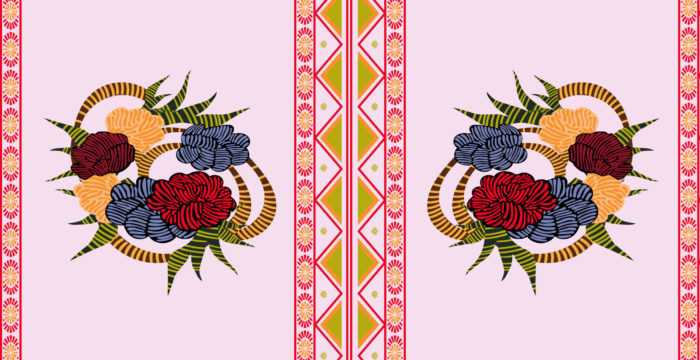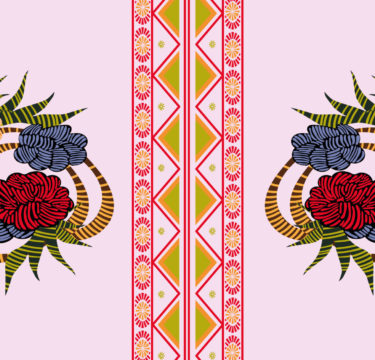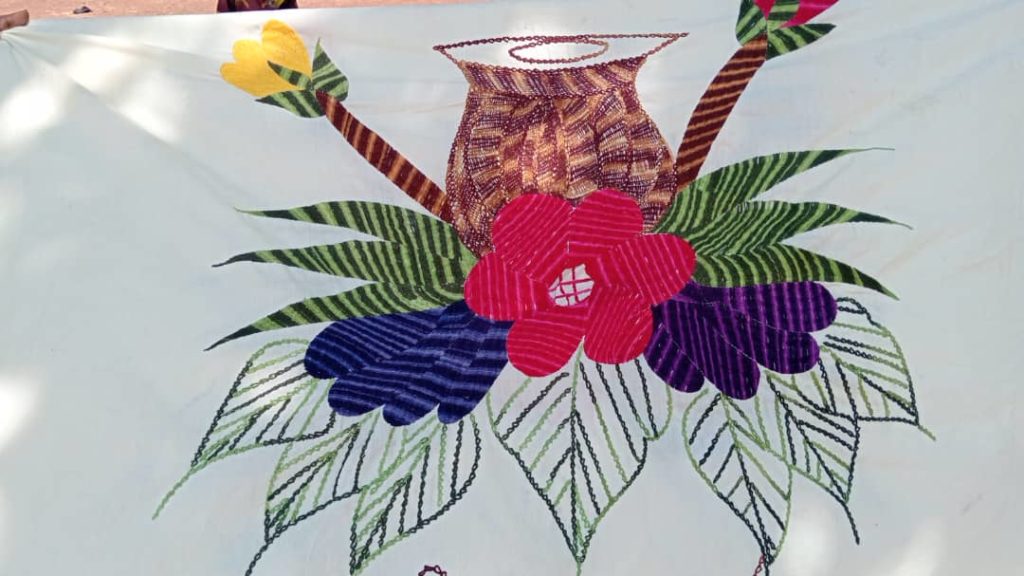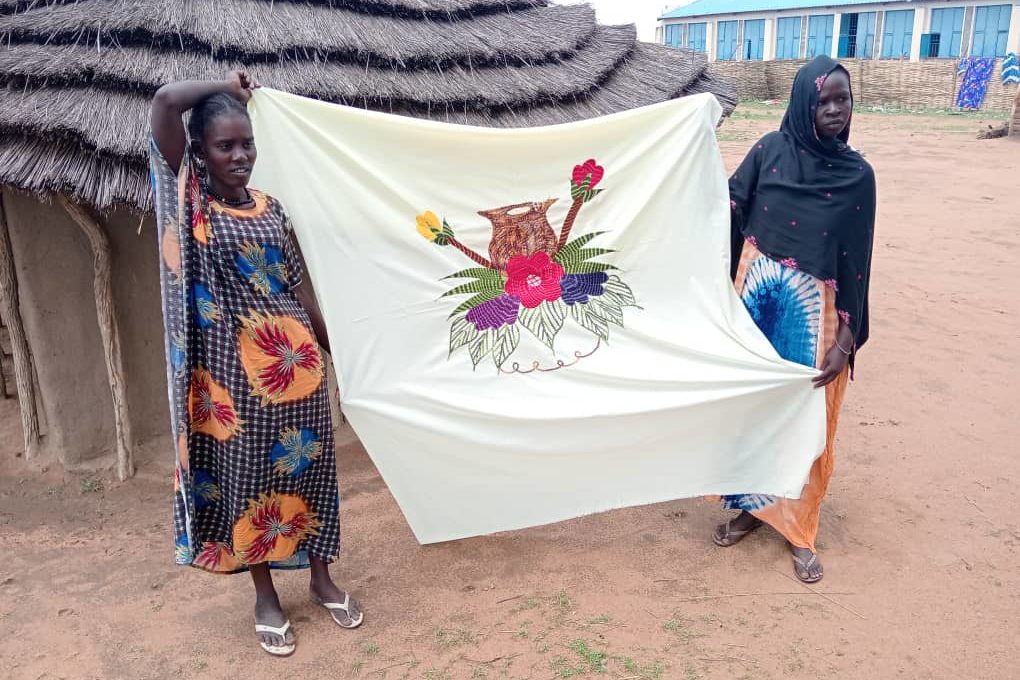Rebecca – Patterns of identity


Fleeing war-torn Sudan, Rebecca took only what was most essential. Among those few items were fabrics and threads. It is through the sale of her handmade embroidery she is now able to care for her children. For Rebecca, embroidery is not just a craft — it’s her only way to survive and stay connected to her roots.
Rebecca is 23 years old and comes from the Khadharif in Sudan. She reached the Buothyar camp in South Sudan after a long and harrowing journey. She left from Abyei – a disputed territory formally claimed by both Sudan and South Sudan. The state authorities organized transport southward. The journey took two days, but tragedy struck along the way – one of the overloaded lorries veered off the road and overturned. Seventeen people died in that accident. Rebecca and her three children arrived safely to the refugee camp supported by PCPM.
Before I came to Buothyar my life was perfect, as we could access every essential needs like food, clothing, education and a good house.
In the new place, life was difficult: no money and limited access to market. Among the few belongings Rebecca had brought while fleeing was embroidery material – fabrics and threads. With them, she could make some money and begin to put her life back together.

I started off my embroidery work, drawing patterns on the material, stitching, and coming up with the flowers and art you see.
Each embroidery has meaning. Some are created specifically for weddings, as gifts for guests or graduation presents, while others are sold to tourists.
This pattern depicts a bull – a symbol of pride and wealth in the Dinka community. The name Marial is often given to a special, valuable bull. This animal can become a symbol of a family’s identity. The name “Marial” is no accident – it means “ancestral bull” or “bull of fortune.” It is often given as part of a dowry.

Another design shows a water jar. The colors tell a story – red symbolizes the bloodshed during the war, white stands for peace, and black represents our identity as people from South Sudan.

Rebecca learned embroidery from a woman in Darfur whom she met in the city of Nyala. She used to visit her salon and watch her work.
She asked me if I was interested in embroidering. I said yes, I am interested in embroidering. She trained me how to design patterns, draw, and stitch. I was a quick learner.
Soon after, she was hired – earning up to $50 a day, depending on the number of clients. In time, she opened her own salon and started purchasing materials. Today, in Buothyar, continuing that work is not easy. Supplies must be brought from faraway cities like Aweil or Juba, but prices are high. Despite the challenges, Rebecca continues to create. Her embroidery is purchased by officials, tourists, and locals preparing for celebrations and ceremonies.
If I have money, I will open embroidery workshop and a salon for plaiting hair – a space where women can support and teach each other’s. We will be able to operate, pay bills and take our children to school.

For Rebecca, embroidery is not just art. It is a way to survive, to become independent, and to preserve her identity.
A word to others refugees and returnees, we can always engage ourselves to utilize the talents and skills we have and learn from others. This will keep as busy and occupied and will be able to get money to help ourselves and be self-reliant and our children and will be able to take our children to school to get education.
Rebecca’s story is part of “Patterns of Identity” — stories about what refugees truly carry with them. From Ukrainian vyshyvankas and gerdans, to Palestinian tatreez, to Sudanese, Ethiopian, and Kenyan fabrics, jewelry, and handicrafts. Each of these patterns is more than just aesthetics — they are presence and memory. More patterns coming soon.